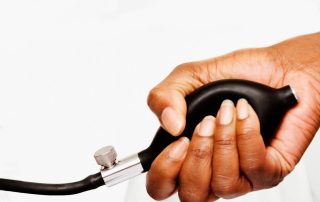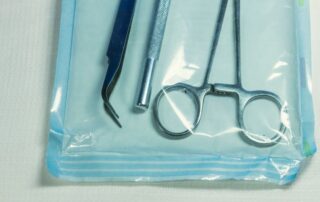The Importance of Color-Coded Equipment in Healthcare Environments
The burgeoning shortage of healthcare workers is a consequence of the Covid-19 pandemic that threatens to hang around for some time. Medical staff working in these challenging environments need all the support they can get to maintain safe and effective care delivery for optimal patient outcomes. Im [...]









